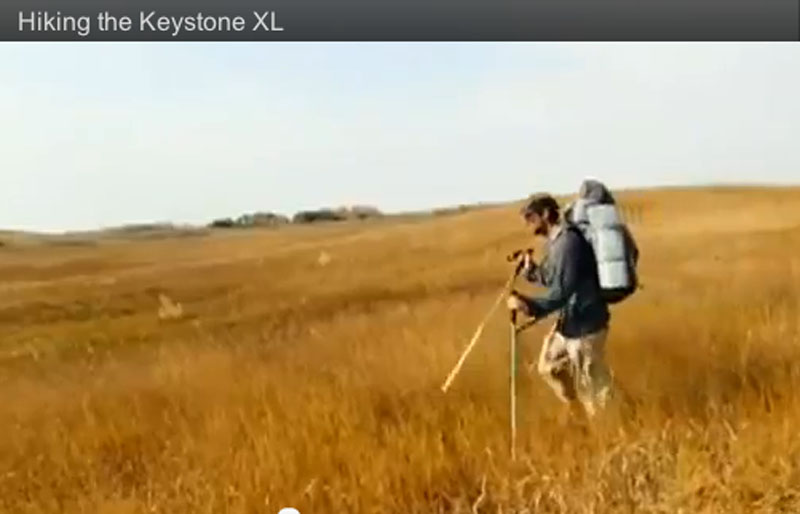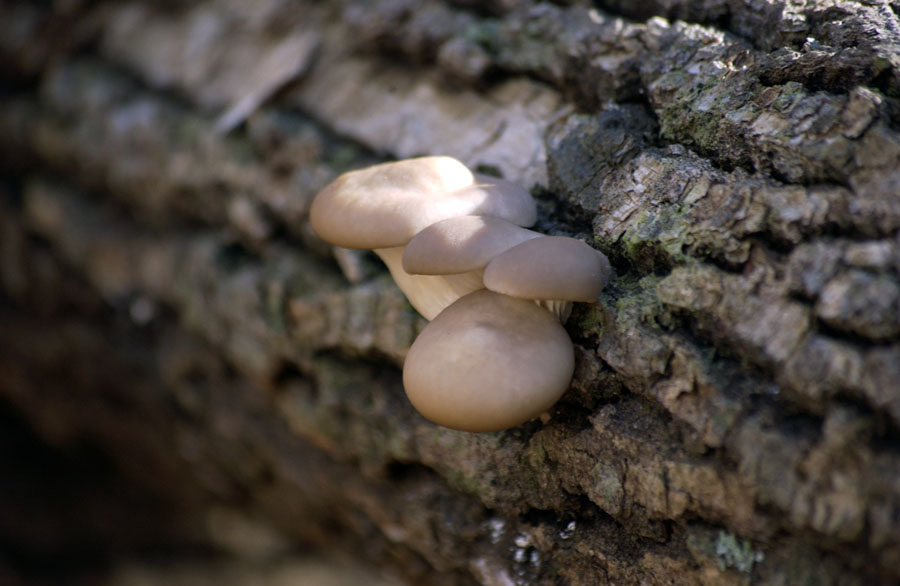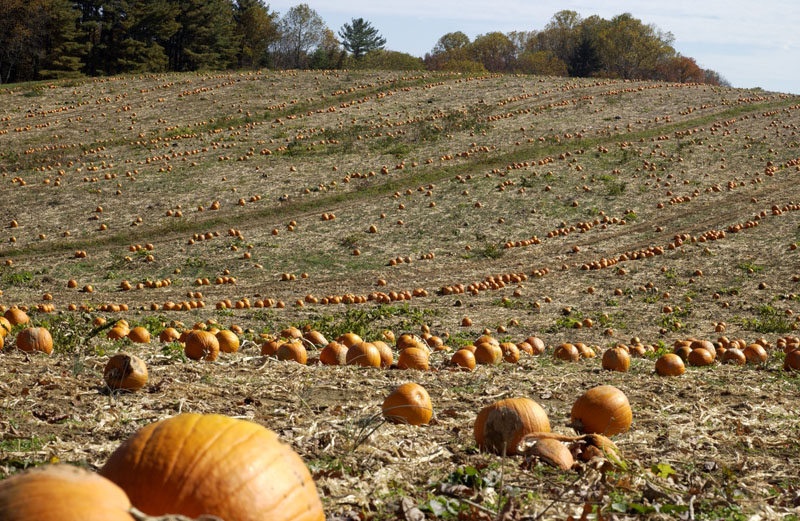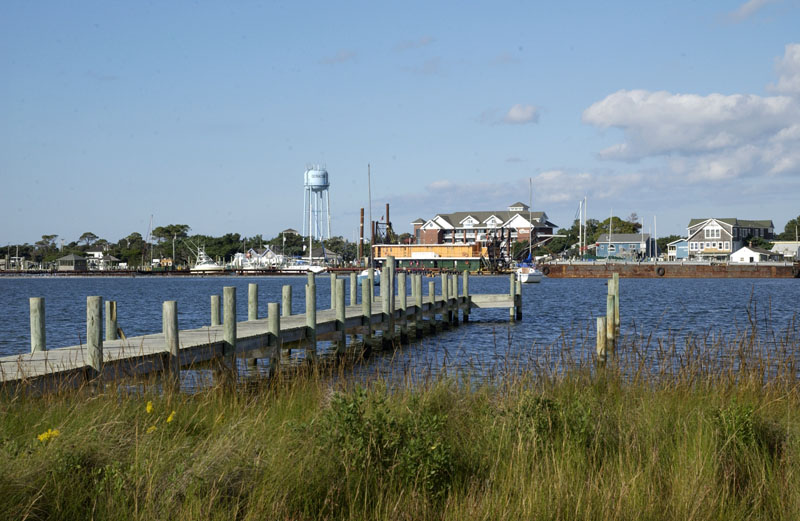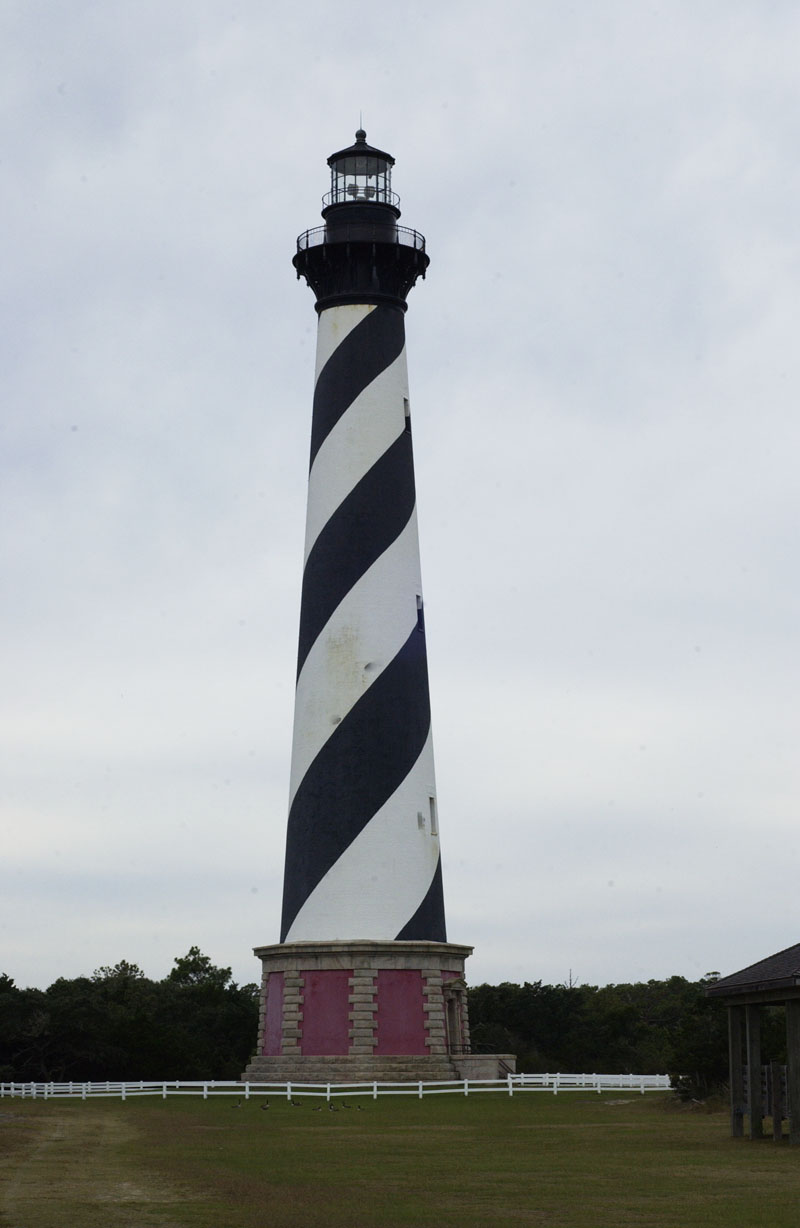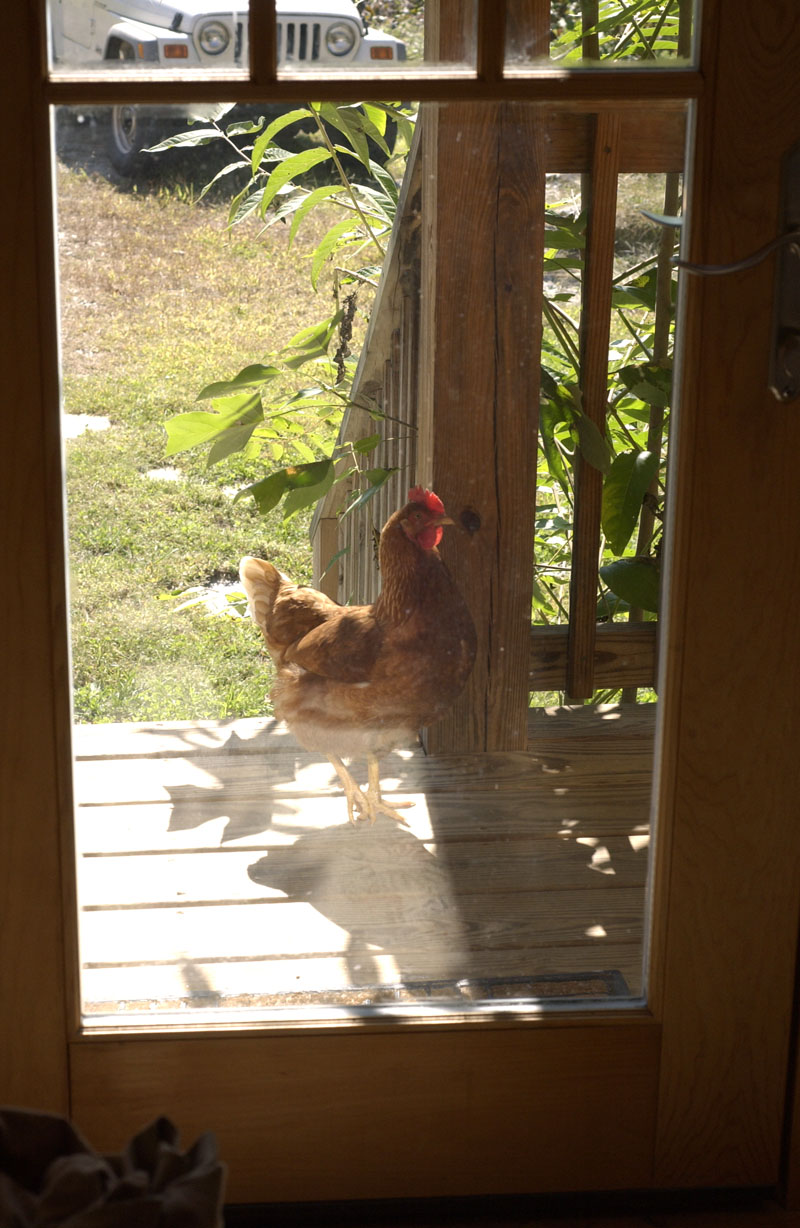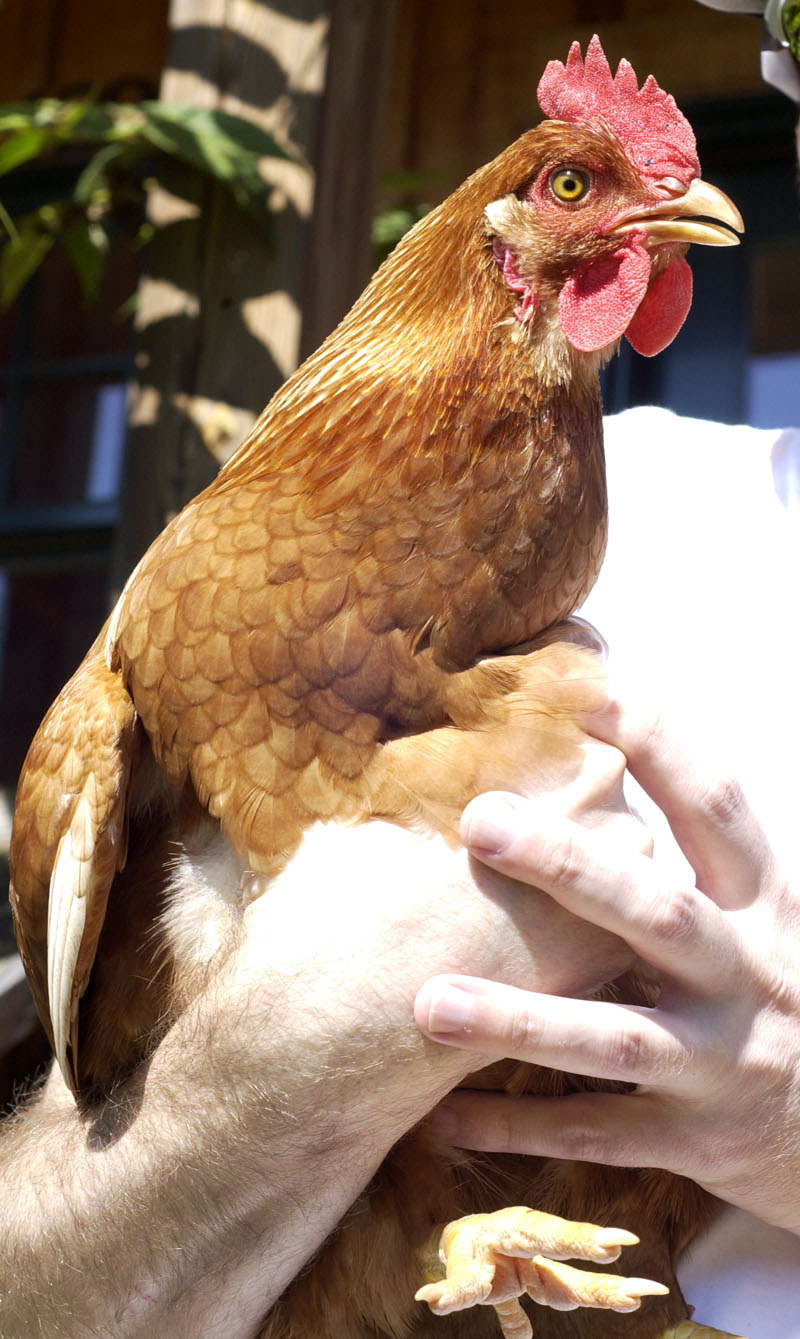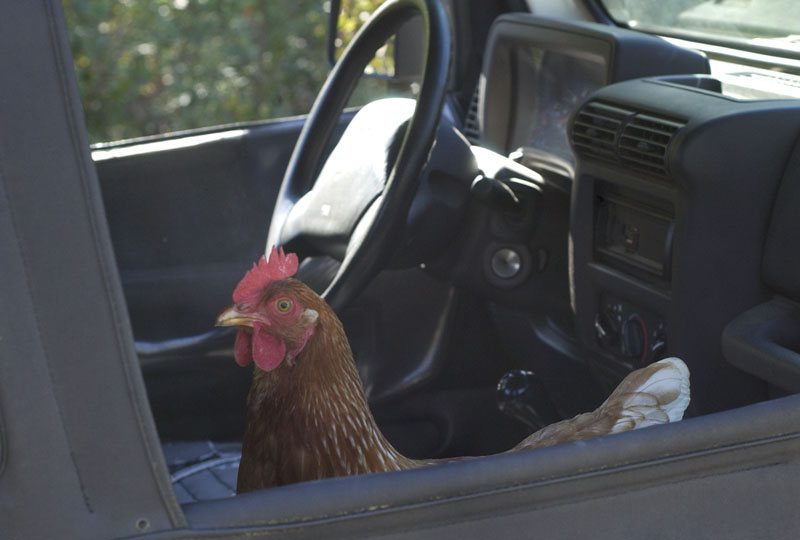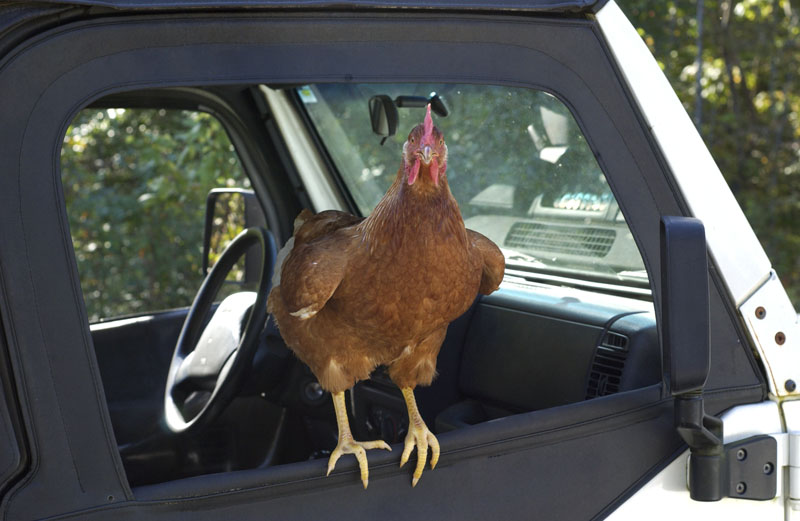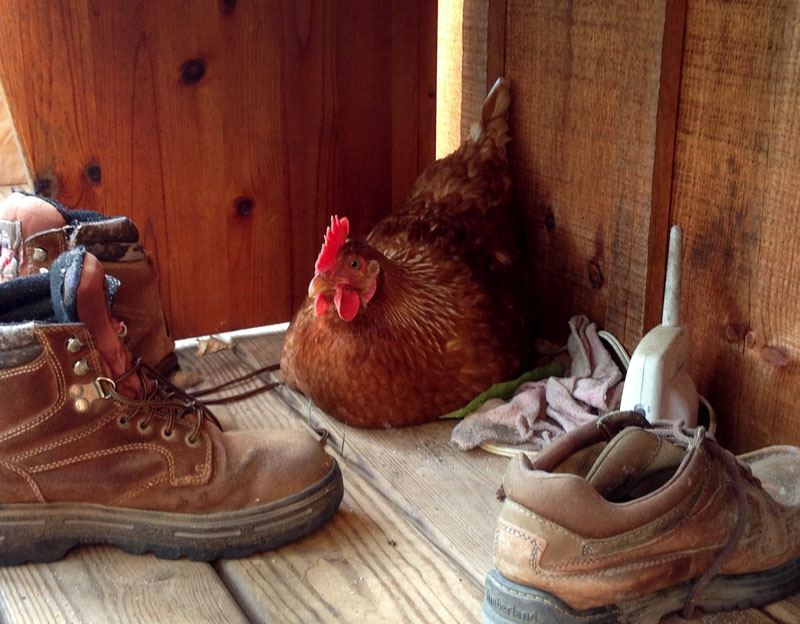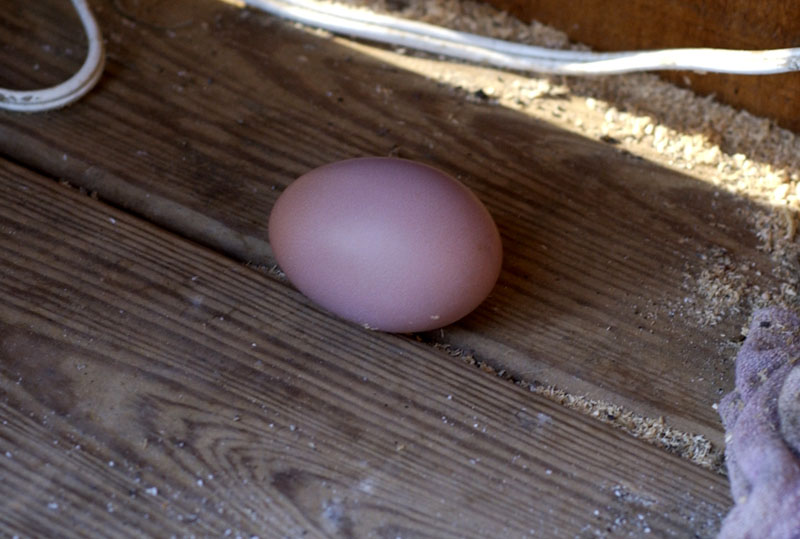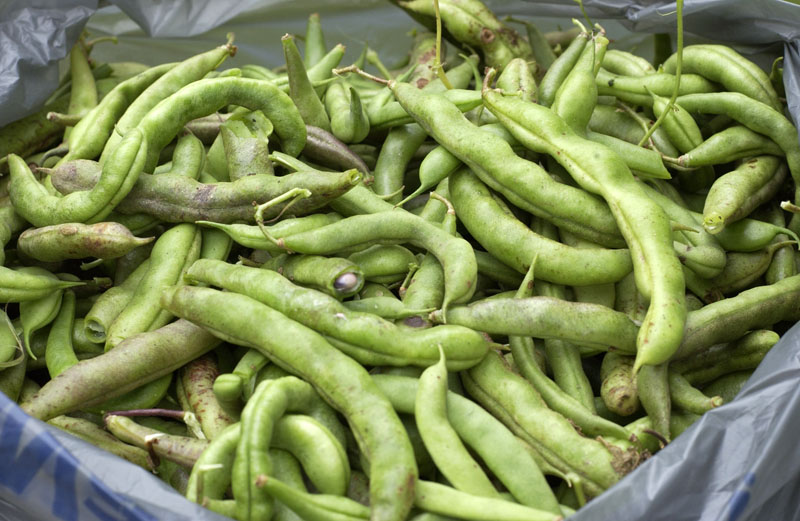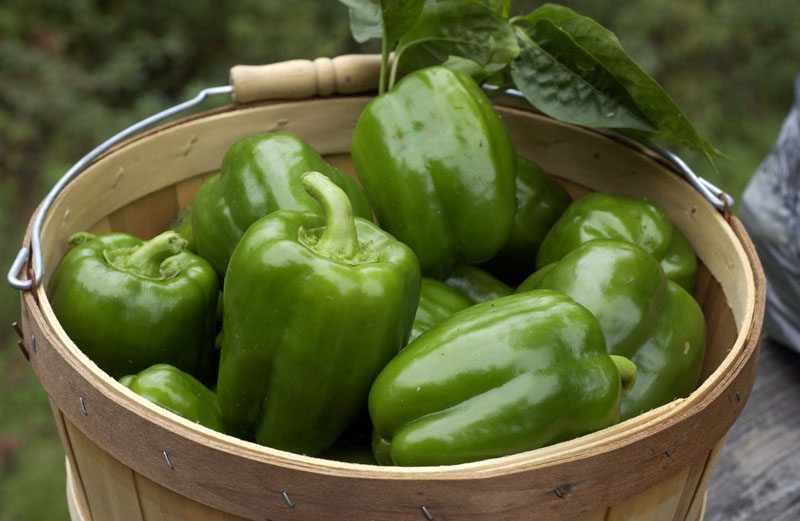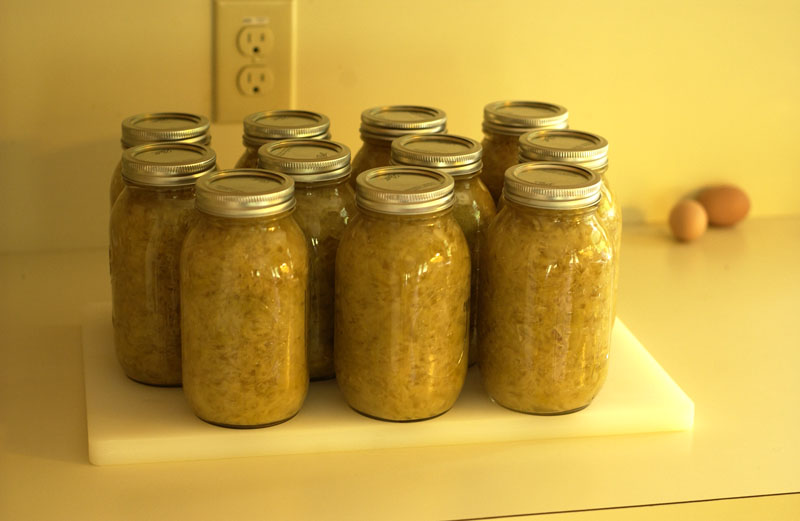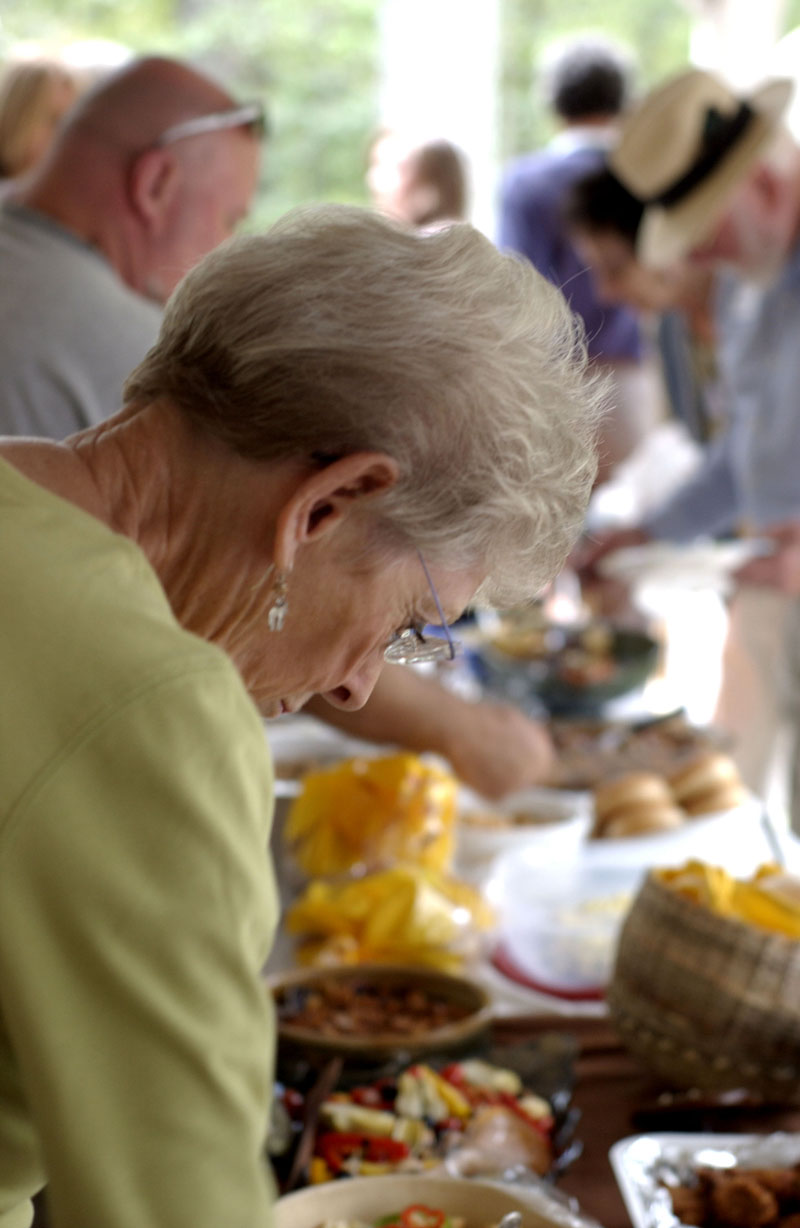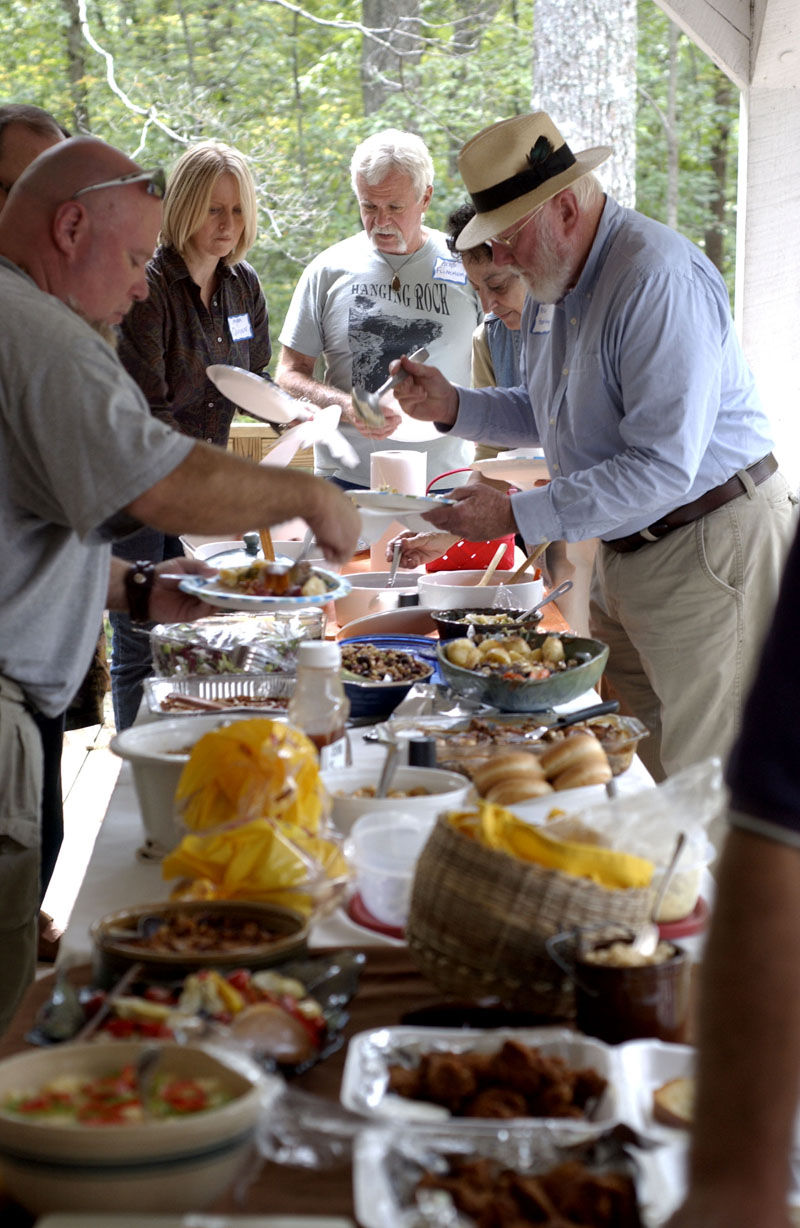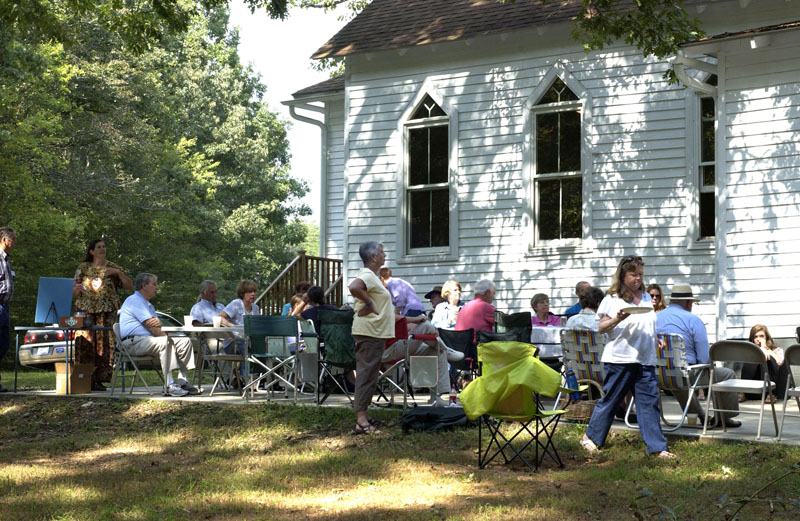Category: Sustainable living
So much destruction, so little oil
We’re being bombarded with all kinds of propaganda these days about a so-called renaissance in American oil production, as though they’ve found a way to get around the absolutes of peak oil and keep the stuff flowing for decades more, cheap.
See that little blip on the end of the chart? That’s what we’ve gained from fracking places like North Dakota into mudholes filled with toxic wastes. Can you imagine what we’d have to do to this country to get any meaningful amount of oil from a highly polluting extraction method like fracking?
Mushrooms in December
Radio interview with Ken
Ken was interviewed today on The Story, a nationally syndicated radio show. Here it is in podcast form. It’s about 40 minutes. Ken is in Nebraska at present.
And by the way, here’s an Amazon link to Ken’s book, which will be out in May. His blog is here.
A pumpkin glut?
The North Carolina coast

River Forest Manor at Belhaven. It’s now closed, and for sale.
I got back last night from a three-day trip to the North Carolina coast. I wish I could say it was a good trip, but mostly it wasn’t. Ocracoke Island was nice and hasn’t changed in any major way since I was last there 25 years ago (just more buildings). But much of the rest of the trip was, in ways, depressing.
For example, I had remembered the little town of Belhaven, near the the Swan Quarter terminal for the 2.5-hour ferry trip to Ocracoke, as charming. But all I saw this trip was squalor and poverty. The old River Forest Manor mansion, which for years served wonderful down-home food and offered nice B&B accommodations, has closed and is up for sale. The town of Belhaven looked shockingly shabby and poor.
Ocracoke Island is mostly national seashore that is protected from development. There are many new buildings and new businesses in the little village of Ocracoke, but they weren’t so bad. Often the new buildings look better than the old ones. Ocracoke also was the only place on the entire trip where anything approaching civilized food was to be had.
Hatteras still had a certain charm, but it has grown tremendously. Seedy development now defines once-charming villages like Rodanthe. Nags Head, Kill Devil Hills, and Kitty Hawk are now merged together into one long, dense, ugly strip development completely lacking in charm.
As a road trip, this one was nothing special. I did get to drive through Chatham County, one of the target areas for fracking in North Carolina. But the Raleigh suburban area, its bypasses, and all the roads from Raleigh east to the coast can only be described as an ugly, strip-developed mess, with much of the rural charm ruined by suburbanization. I had not seen some of these areas for 30 years. I did not like the changes I saw.
I came home on U.S. 58 through southern Virginia, and that’s much nicer, once you get west of the suburban horror of Chesapeake and Suffolk. The road passes through beautiful Virginia farming country as it approaches Danville and Martinsville.
I’m not sure I could ever endure another road trip without making some kind of arrangements to cook my own food along the way. All along these routes through Virginia and North Carolina there is nothing to eat but fast food and trash food. Too much of it would be enough to ruin one’s health. It made me fondly remember road trips when I was much younger and much poorer, when we stopped at roadside picnic tables and cooked on Coleman stoves.
It made me appreciate my Stokes County home that much more. It can’t be easy to find places in this country where honest, unsuburbanized rural landscapes are within shopping distance of a Whole Foods and an Apple store. Stokes is one of those places. It’s mighty nice to be home. Lily, the cat, thinks so too. She slept with me for part of the night, her paws clasped around my neck and her nose in my ear as though she was afraid I’d leave her again.
I’m in no hurry for another road trip. Home is just too nice.

The Ocracoke ferry approaches the Swan Quarter ferry landing.

Looking into the Ocracoke harbor from Pamlico Sound

A ferry leaves Ocracoke bound for the mainland.
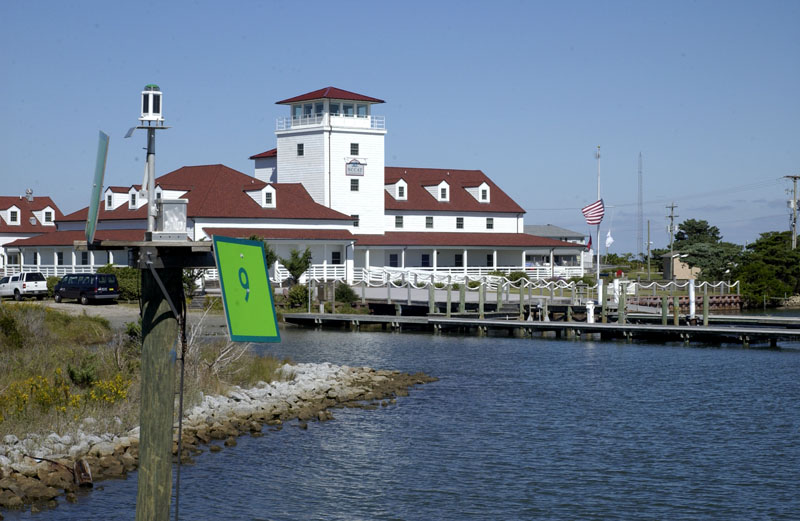
The former Coast Guard station on Ocracoke, now some sort of campus
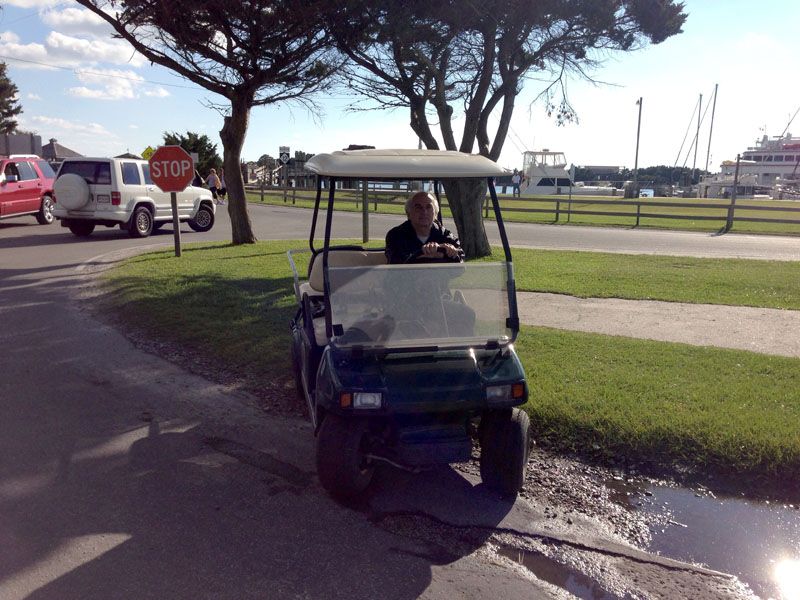
Riding around in golf carts has become the main entertainment on Ocracoke. Golf carts rent for $10 an hour.
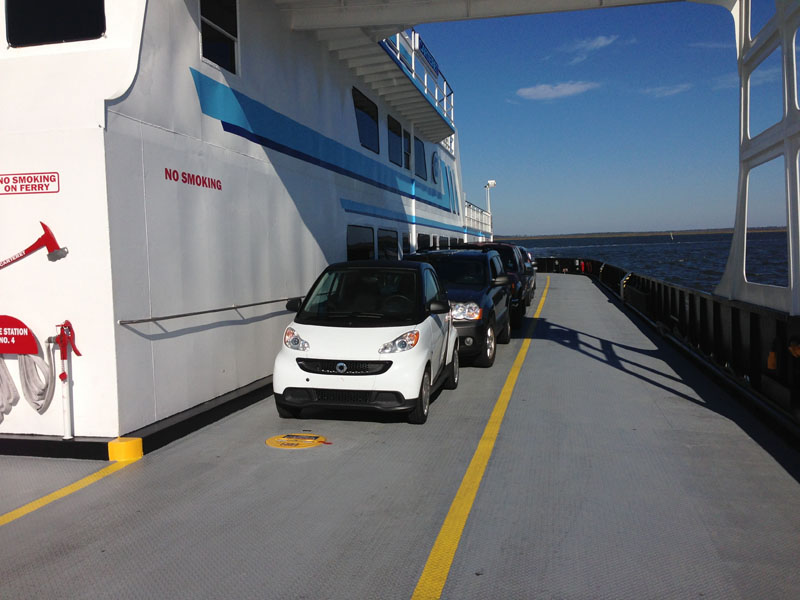
The Smart car performed beautifully on the road trip. It averaged 54 miles per gallon. It’s comfortable and handles great on the open road and in traffic.
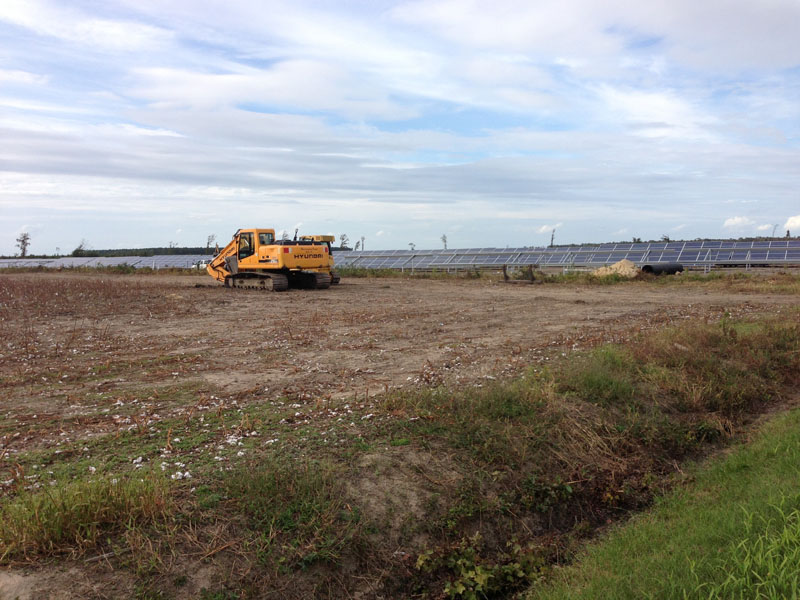
A large solar array under construction near Bath, North Carolina
That Fiona …
I wish everyone could get to know just one nice chicken really well. Then we’d stop thinking that chickens are dumb and unfeeling, and we’d give chickens much better lives. All chickens are different. Even when they’re brought up similarly, they have very distinct personalities. The more attention they get, and the more you interact and talk with them, the more they develop, and the sweeter their attitude toward human beings.
In the new generation of hens at Acorn Abbey, Fiona loves human attention the most. Now, one of the first things I explain to all the abbey chickens, as soon as they’re old enough to understand, is the deal we have: They get a nice home, free food and water, a place to roam and scratch, a decent house, a fence to protect them from predators, and a place to retire when they’re old. I get the eggs. None have complained about the deal, other than Patience who got it in her head a couple of summers ago that she was going to keep her eggs and sit on them. I disputed that, and I won. But I don’t think she understood that at that time she had never met a rooster and that she was wasting her time.
Anyway, Fiona quickly figured out where I live and what door I usually emerge from. The first time she stood at the front door and called (at the top of her lungs), I thought she was merely asking for attention. But a few days later, after some repetition of this behavior, I found three eggs under the bench beside the front door. Then I had to reconsider her behavior. I think she was letting me know that she’d left me an egg.
Now, why would Fiona choose not to lay in the chicken house like the other hens? No matter how much new wire I put up to block their escape routes, she and Helen still get over the fence any time they like. Given that Fiona could lay anywhere she chooses inside or outside the fence, why would she come here to lay, and why would she stand at the door, look through the glass, and call at the top of her lungs after laying? I think she’s bringing me a gift, and she wants me to know.
She loves to be picked up, petted, scolded mildly, and put back inside the fence. In our evening chats, when I sit a spell in the orchard with the chickens before they go in for the night, Fiona climbs into my lap. The other hens get jealous.
Spoiled? Nah. It’s the way all chickens ought to live.
Calling it quits for 2012
Though I feel a bit guilty, I did not plant turnips and greens for a late garden this year. I was just too burned out from a summer of gardening and canning.
Today I officially retired the garden. I picked the remaining green peppers. There was about a peck of them. I also picked the last of the green beans, which I had intentionally left on the vine to go to seed. They will be next year’s bean seeds. They are the family heirloom green beans that have been in my family for four or five generations. I’ve put them in the attic to dry before I shell them.
The black walnuts were given to me by a friend. I don’t have a walnut tree — though I’m still looking for one. These days plenty of people have mature walnut trees, but 99.9 percent of the crop lies on the ground and goes to waste because people just aren’t hungry enough anymore to do all the work of hulling them and cracking them. I’m not sure how far I’ll get with that job either, but I at least want to have a go at it.
Now if I only had access to an old, abandoned apple tree. My trees produced a small amount of fruit this year, but I’m still several years away from really having an apple crop.
Season total: 44 quarts
I canned a bunch of sauerkraut today. It’s a shame to have to can sauerkraut, because it’s a living fermented food. But there was no way I could eat it all before it went bad. It is outstandingly good sauerkraut — all organic from the abbey’s spring cabbage, made with with sea salt.
I’m done canning for this year. My total production was 44 quarts of food — tomatoes, green beans, pickles, sauerkraut, and homemade chili made from tomatoes and onions from the garden. Forty-four quarts is not exactly slouchy, but it’s also nowhere close to a what it would take for real self-sufficiency. Still, it’s a lot of payback from the garden. There’s food put away, plus more than four months of the year when I bought no produce (other than garlic) from the grocery store.
I learned a lot about sauerkraut this year. In the past, I made it with cabbage I’d bought up in the mountains. This year it was my own cabbage. It was in the crock the afternoon after I picked it. Not only was the kraut much tastier, the fermentation process was much cleaner. There was no sign of mold or scum. Freshness makes a huge difference.
Rural culture, rural politics
Our No Fracking in Stokes organization, which has been very successful in focusing attention on the dangers of fracking, had a picnic Saturday for our active supporters. We did it in the style of an old-fashioned church picnic. Church picnics aren’t as common as they used to be, I think, but people around here sure remember how to do it. We also invited local politicians and local musicians.
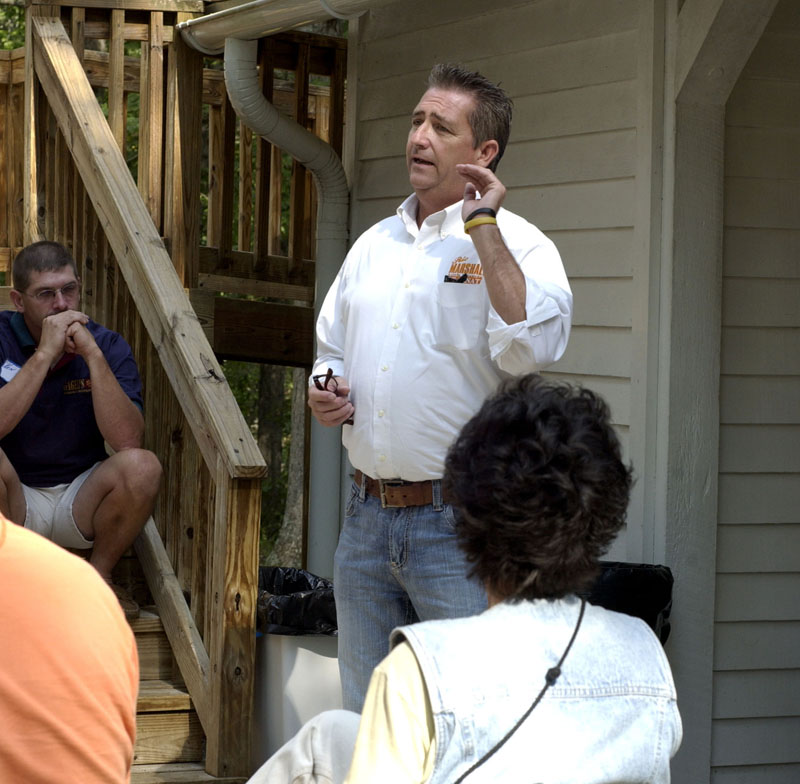
Ric Marshall, who is running the the North Carolina Senate
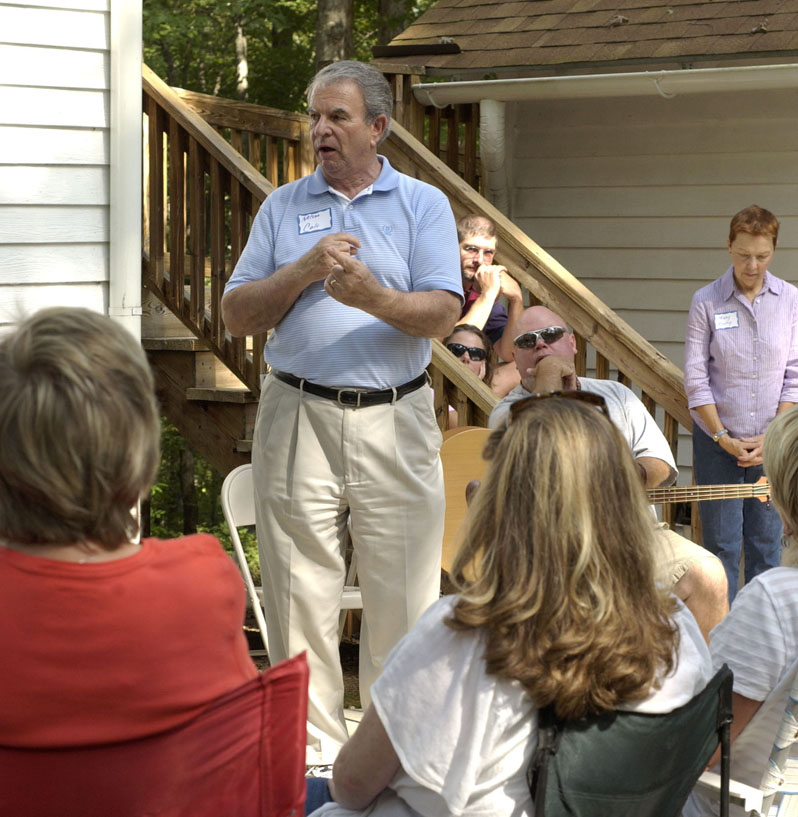
Nelson Cole, who is running for the N.C. House of Representatives
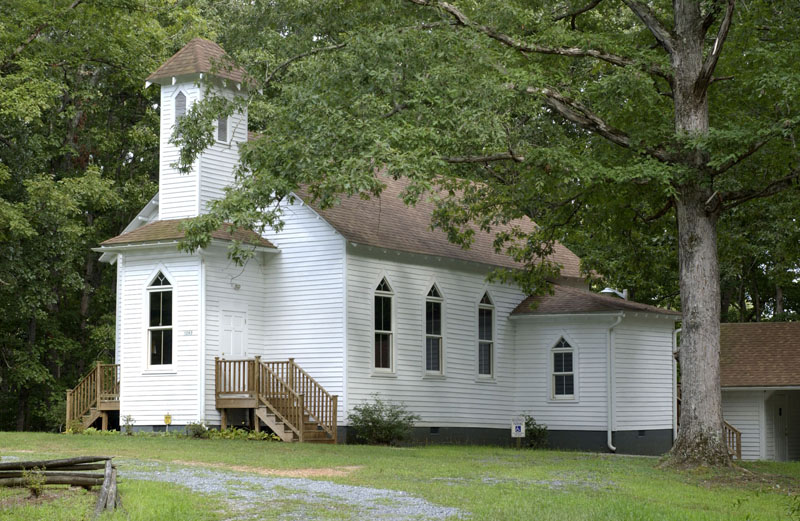
Davis Chapel, built in 1922, is no longer used as a church. It’s a historic site that has been restored and remains in use for community events. Stokes County doesn’t have a lot of jobs, and it doesn’t have a lot of money. But when it comes to culture, we are extravagantly rich.

